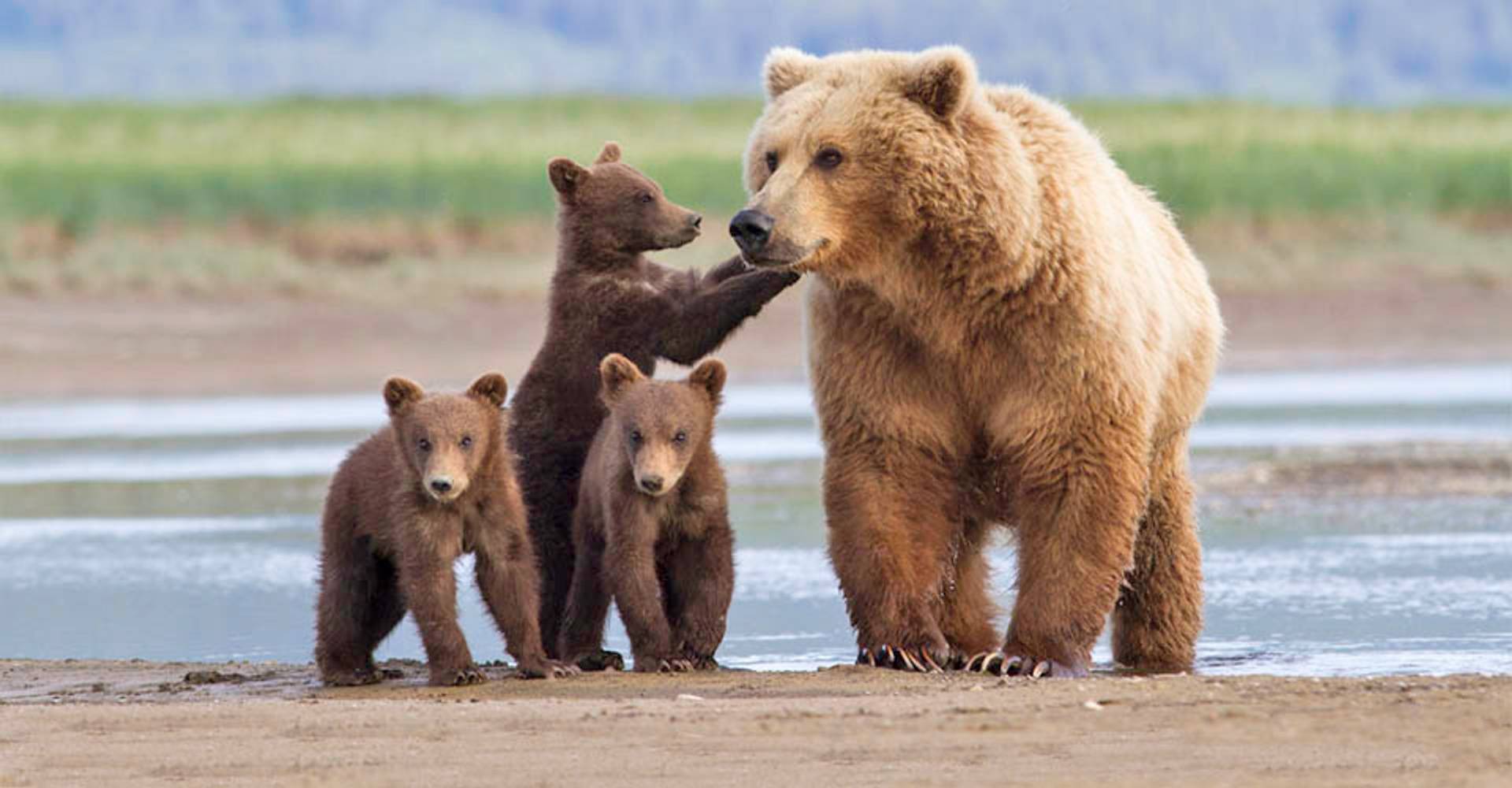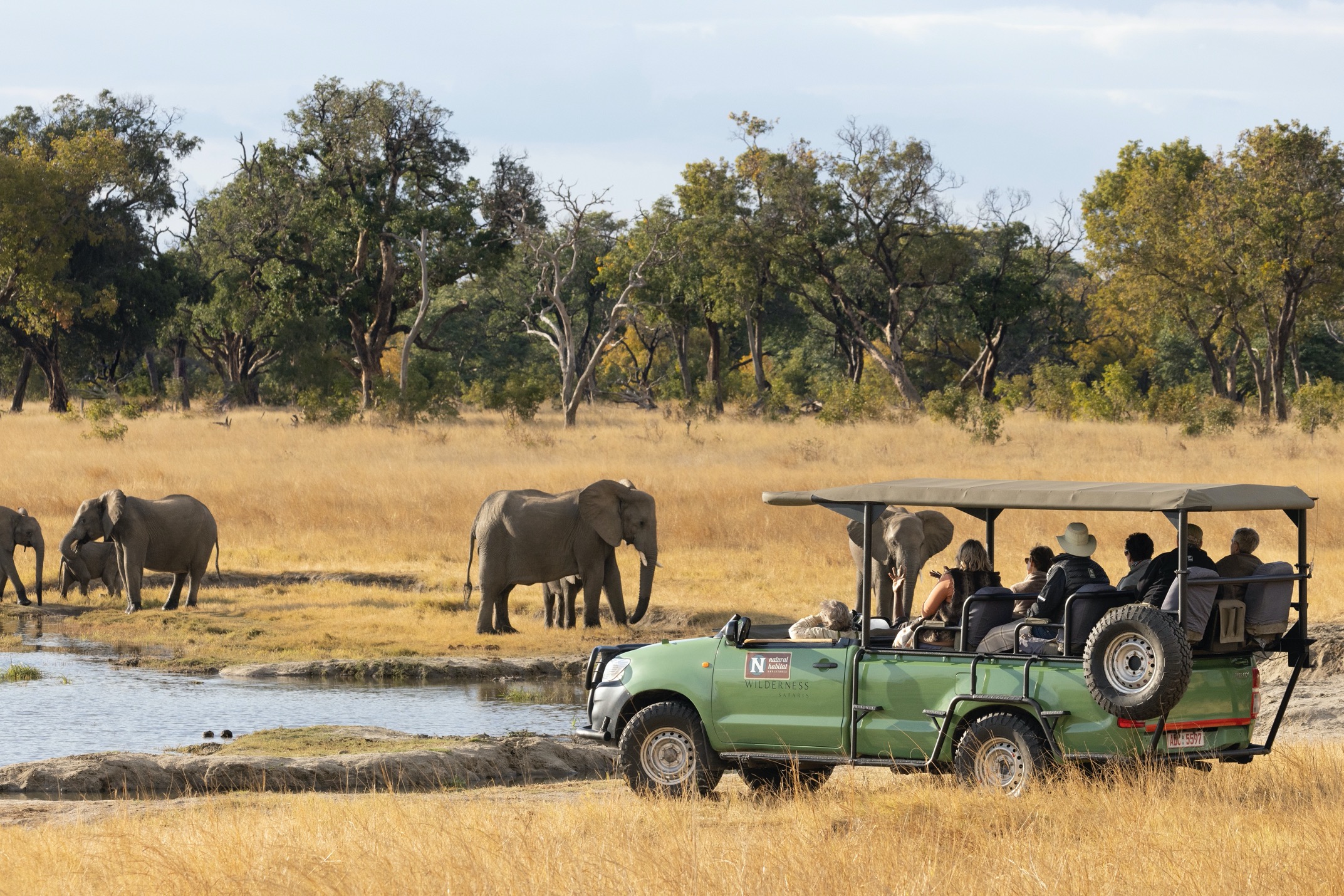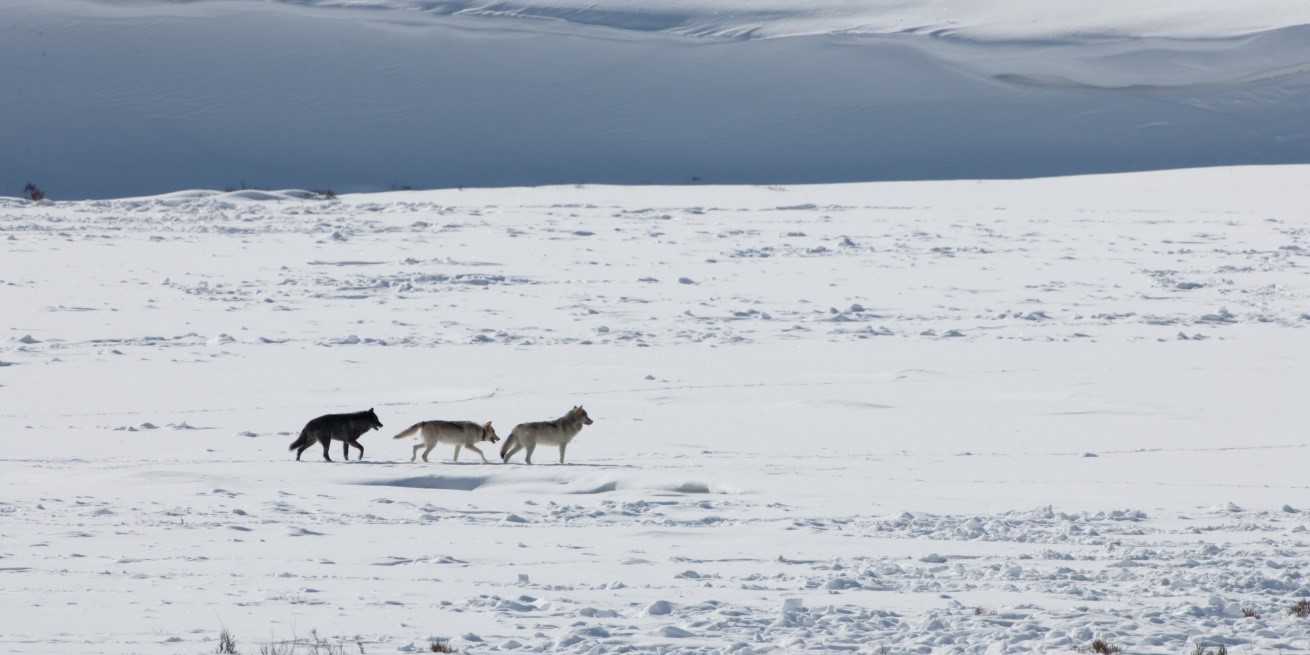
Are Tele-Extenders Worth the Fuss?
There is an adage in photography that you can never really have enough telephoto power…aka, zoom. Even if you have a 400, 500, or even 800mm, there is always going to be something a little further out that you’d like to photograph. Thus, the advice here isn’t about not needing the extra power, it’s about whether it actually works and whether it’s worth it. At what cost are you trying to squeak out ever bit of zoom power in your lens?
Just so we’re all on the same page, a tele-extender, sometimes called a teleconverter, is a small addition that you place between your lens and camera body that effectively multiplies your focal length by a certain factor. Most camera manufacturers provide two options. One product is a “one stop” tele-extender and those are usually a 1.4 or 1.6x factor. The other is a “two stop” extender and is usually a 2x factor. That is, it would double your focal length. We’ll come back to this one stop/two stop terminology in the next section.
Let’s dive into three main factors for why tele-extenders may not be worth it. But if you’re curious to learn when and why they can be helpful, scroll to the bottom when I do give them a bit of love.
Aperture Loss
One of the first things you’ll hear about, and experience, when using a tele-extender is that you lose “stops” of light. A loss of one stop of light basically halves the amount of light reaching your sensor. Two stops quarter that light. In other words, tele-extenders are a big deal when light is an issue.
In some nature and wildlife photography the amount of light you have is critical–you might be shooting in low light conditions like early or late in the day, or perhaps underneath densely covered forest canopy. Reducing your light even by a smidgen can be troublesome…halving or quartering it can be debilitating.
Thus, whether you use a tele-extender largely comes down to whether you can even afford the loss of light. And whether you go for a 1.4x (one stop) or 2x (two stop) becomes very influential in your resulting photos. More isn’t always better.
But the other part here is the effect on depth of field. With wildlife photography, we really cherish the shallow depth of field effect we get from small f/numbers. Thus, as you go higher in f/number (aka a smaller aperture) you lose some of that pleasing blur that helps draw attention to the subject.

Notice how in the above photo the background just “melts away,” emphasizing the subjects even more? This is very desirable in wildlife photography, so the higher f/number a tele-extender will give you comes at a cost here, too.
Quality Loss
Equally as concerning as the aperture considerations, tele-extenders are known to decrease the quality of your lens.
It make sense, because you are putting another element, more glass, between you and the shot. The more glass you have, the more room for imperfections. Thus, people often notice that tele-extenders with zoom telephotos are particularly susceptible to image degradation. These would be your telephotos with ranges like 70-300, 100-400, and 150-600mm lenses.
Fortunately, prime lenses do quite a bit better, but that’s simply because they start out at higher quality. We’ll talk more about prime lenses in the final section of this article.
What I’ve found throughout the years is that the loss of image quality you see by putting on a tele-extender is very similar to the loss of image quality you’ll see by cropping the photo. That is, if you were to crop a photo on your computer to the same size as what the tele-extender would give you, the image quality is nearly the same. Yes, you’ll lose megapixels in the crop, vs. maintaining them with the extender, but in today’s 30mp+ cameras, the loss isn’t that big of deal, unless you are doing very, very large scale commercial jobs with your camera.
The Hassle
Maybe the least important of the three, just the hassle of adding and removing a tele-extender still needs to be considered. This becomes even more prominent when you are shooting out on African photo safaris when dust could be in the air. In addition, at times when wildlife behavior is really kicking, the last thing you want to do is waste time adding or removing your tele-extender to match the conditions.

Options to Avoid a Tele-Extender
By now you’ve probably realized that I’m relatively against using tele-extenders. However, I’ll still give you some positives in the next section. But again, most of the time I do not use them, nor do I recommend you use them. But rather than shut them down completely, I want to give you some options on what to do to increase your focal length and/or maximize the size of subjects in your frame.
First, many cameras these days offer in-camera adjustments to actually add a 1.5x or 1.6x multiplier to your photo. It has to do with reducing the sensor size to then magnify the frame.
This obviously comes with some downsides, as you tend to want to use your entire sensor for best quality. However, for those hard-to-reach moments, going into your camera’s sensor menu and selecting “crop frame” or “multiplier” can give you added reach when you really need it.
The other option is to shoot for maximum sharpness of far away subjects. In those cases when an animal is just too far away to make a compelling shot in-camera (i.e., you know you’re going to have to crop later) you need to concentrate on getting the animal as sharp as humanly possible so that it holds up in sharpness and quality as you crop in. My technique for doing so is relatively simple, but it can be quite effective.
First, you need to set your ISO on the lowest possible setting–ISO 100 or maybe even 50. Next, you’ll need to be at f/8 for your aperture. Keep in mind this is when the animal is just a small fraction of your frame like in the below.

Finally, you’ll need to see what your camera will give you as far as a shutter speed to balance out this relatively high aperture and very low ISO. It MAY be too slow for your wildlife behavior, so you may need to tweak your aperture or ISO accordingly. However, if the animal is resting and you can put your camera on a stabile surface (or a tripod) that would be ideal.
You’ll find that the above technique maximizes sharpness and resolution to the absolute extent of the lens and camera, allowing you to crop the photo to increase the size of your subject. It’s not a fail-safe, but it does give you the best chance for maximum cropping on your computer.
But as you can see from the above polar bear photo, sometimes a big animal that appears small in a big landscape can make for a very compelling photo! Sometimes adjustments simply aren’t needed.
When they can be helpful
Ok so I promised I’d get to this point. In certain cases, tele-extenders are indeed helpful and a good part of a wildlife photography camera kit. The only time I’m going to actually suggest a tele-extender is when you are shooting with a pro-level prime lens. These are your top level 300mm f/2.8, 400mm f/4, 500mm f/4, 600mm f/4 lenses that have no zoom. That is, they are fixed at these telephoto lengths.
The reason is that these lenses are so sharp (that’s what you get for an $8,000+ price tag), that the lessening quality by adding an extender is barely obvious at all. In addition, because these pro lenses start at very low f/numbers, adding one stop or even two stops isn’t that big of a deal (compared to a zoom telephoto).
In very specific instances I might suggest a tele-extender when you do have a zoom telephoto like a 100-400 or 200-600mm, but only when the wildlife is virtually guaranteed to be far away. There aren’t many instances like this around the world, especially when you can see once-rare animals like Jaguars in the Pantanal relatively close these days. However, for animals like snow leopards and wolves, you’re still likely to encounter them at a great distance and have to use every single trick in your bag to get the shot. An extender may still not be appropriate, but guaranteed extreme distances might fit the bill for me.

The Takeaway
So what have we learned. Well, we’ve learned that I’m not a big fan of tele-extenders, but for very specific reasons. There are absolutely times when they can come into play, but usually they are for extremely niche scenarios vs. the typical wildlife photo adventure when animals are generally seen within 50 to 100 yards.
If you are considering investing in a tele-extender, my advice is to look in your camera to see if you have a built-in crop multiplier first. Then in those cases when you absolutely have to eke out every bit of range, try my 100 ISO method. Finally, if you are consistently seeing that you are under-gunned as far as telephoto power for the wildlife you enjoy photographing most, it may be time for an upgrade in lenses. The super telephotos coming out today are some of the most impressive, versatile, and affordable I’ve seen in the last 20 years.
Go forward and give it a shot,

Court
Leave a reply